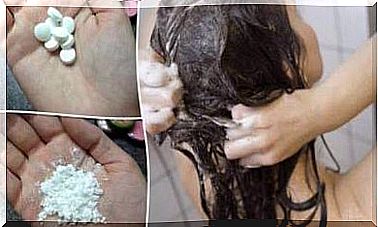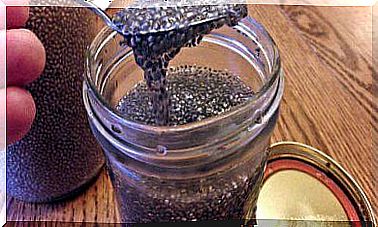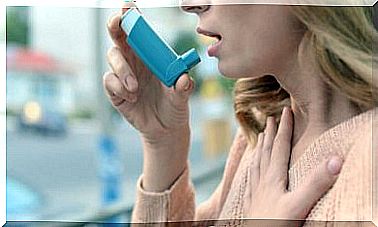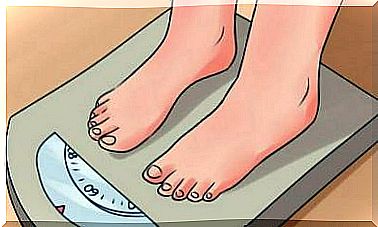What Are The Causes Of Dry Skin And Xerosis?
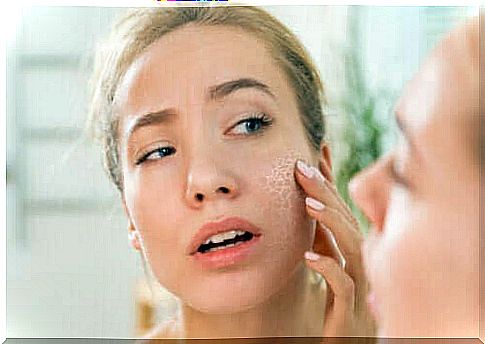
Dry skin, or xerosis, is a common dermatosis that affects people of all ages and can appear on different parts of the body. The skin needs an even 10-15% water content to remain intact and maintain flexibility, so lower percentages negatively affect elasticity. What exactly are the causes of dry skin, and what does it do to the skin?
When the skin becomes dry, it causes itching which can later lead to sores and even infection. These results can be minimized by using a humidifier in dry rooms, changing body products and using creams or moisturizers to replace lipid components.
What does dry skin look like?
When the skin loses too much moisture and becomes dehydrated, it can dry out and crack. According to the American Academy of Dermatology, some of the signs and symptoms of dry skin include the following:
- Dryness and more remarkably fine lines
- Itch
- Cracked or scaly skin
- Roughness when touched
- Redness
Dry skin can affect any part of the body and often appears on the hands, arms and legs. Staying hydrated not only improves the appearance and function of the skin, it also helps to ensure that the body’s other organs function properly.
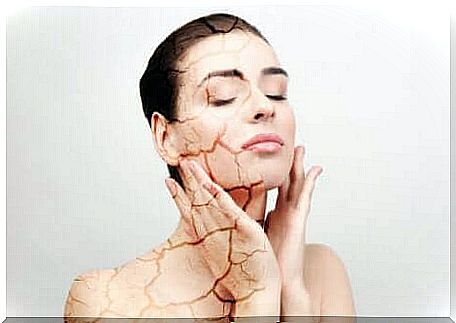
What are the causes of dry skin?
Xerosis, or xeroderma, is a common skin disease that affects millions of people worldwide. It can occur from time to time due to changes in a person’s environment, use of a new skin care product, age or illness. On the other hand, some people may suffer from chronic xerosis.
The majority of people experience bouts of dry skin at some point during the year due to internal or external factors. Below are some of the most common.
Disease
Diabetes, thyroid disease, kidney disease, contact dermatitis and atopic dermatitis can all cause extremely dry skin. These conditions can change the moisture content of both the skin and the eyes. In other words, they can cause unpleasant dry eyes as well as dry skin.
The most common symptom of dry skin is itching, a constant and sometimes unbearable side effect of this condition. Therefore, it is important that people living under these conditions continuously use moisturizer so that they can prevent dryness.
Causes of dry skin: Extreme climate
During the winter months, when both outside and inside air become drier (think: heaters), the blood actually withdraws from the epidermis to keep the internal organs warm. This can cause the skin to dry out quite quickly. On the other side of the spectrum, in hot, dry climates, the heat from the air and the use of air conditioners take moisture from the skin.
People living in this type of climate (including visitors) should try to take shorter showers and use hot water whenever possible. Afterwards, we recommend using moisturizer to protect the skin.
Excessive showering and bathing
Showering too often is one of the most common causes of dry skin. Many soaps and shower gels on the market contain surfactants that break down dirt and oils on a person’s skin. Although these help the skin to feel nice and clean, this process can dry out the skin and cause damage in the short to medium term.
This can happen because chemical products do not discriminate and also remove important lipid barriers on the skin, so that bacilli and bacteria can find their way in.
Causes of dry skin: Aging
The likelihood of developing xerosis increases with age due to changes in the keratinization process (natural peeling) and the lipids in the outer layer of the skin.
At the age of 40, the body’s sebum production drops drastically, which is responsible for keeping the skin soft and youthful. With each passing year, sebum production continues to decline, which causes the skin to dry out more easily.
Although xerosis is a common condition, it is closely linked to getting older, however, there are many tips to keep the skin hydrated and healthy even during aging.
Smoking
Cigarettes contain toxins and chemicals that can cause the skin to age prematurely. This, along with the accelerated aging process, can cause the skin to dry out even more.
People who smoke often have dry skin on their faces and wrinkles around their mouths. Cigarettes accelerate the breakdown of skin collagen and the small elastic fibers that form the basis of the dermis. Because of this, cigarettes are linked to premature aging.
What is the pH of the skin and what does it have to do with dry skin?
The pH scale varies from 1 to 14. A pH of 7 is considered neutral, and everything below is considered acidic, while everything above is alkaline. The outer layer of human skin has a pH value between 4 and 6, which indicates that it is naturally acidic.
The skin is made up of sebum, amino acids and fatty acids. As the latter two names may reveal, these components are acidic, which helps the skin prevent bacterial colonization. Similarly, the lipid layer consists of fatty acids, cholesterol and ceramides that work together as a natural water repellent.
The majority of disease-causing bacteria are easily hindered by the acidity of human skin. However, this protective barrier will not work effectively when the skin is dry or damaged.
The inner layers of the skin have a pH of around 7.4, which is the ideal level for bacterial colonies to thrive. Therefore, xerosis is a risk factor for infectious dermatitis.
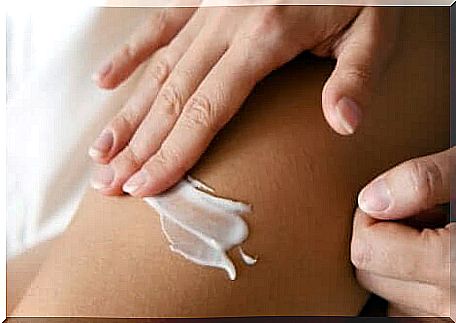
Hydrate dry skin
The best thing a person can do when they experience dry skin or xerosis is to take short showers with warm water and apply a good layer of moisturizer immediately after drying. This is when the skin is most receptive to absorbing the emollients needed to strengthen the protective barrier.
Remember that itching is a classic symptom of dry skin. So at the first sign of even the slightest itching, take it as your skin’s way of telling you that it needs to be rehydrated, and use your favorite moisturizer.

